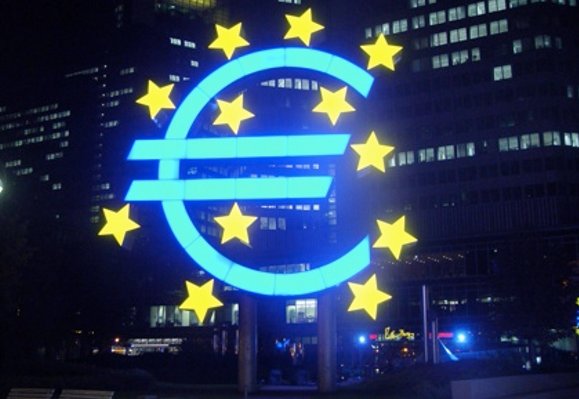The European Union-funded rescueplan for Spain's debt-laden banks raises as many questions as it
answers and could therefore leave the euro vulnerable.

Sellers of euros are already said to be clustering in the $1.2650-80 area, looking for a re-test of Friday's $1.2435 low.
On the surface, Spain appears to have achieved a good result. The rescue plan does not appear to require extra austerity measures or structural economic reforms, though Madrid will face supervision by international lenders.
But that may create problems, both in countries which received bailouts that had more strings attached and in Germany.
Spanish Prime Minister Mariano Rajoy's assertion that Spain received better treatment than Greece, Ireland and Portugal could well spur policymakers in those countries to ask for similar treatment.
"To present this as some better deal for Spain is just not right," said the Irish deputy finance minister Brian Hayes on Sunday but that may not be how the wider Irish public see it.
And in Greece, the anti-bailout radical leftist SYRIZA party, which pre-election polls put just behind the pro-bailout conservative New Democracy, could try to make political capital by highlighting the difference between Spain's treatment and conditions imposed on other bailout recipients.
Then there is the question of where the 100 billion euros earmarked for the Spanish bailout will come from.
Irish Finance Minister Michael Noonan said the funds would be provided through the European Financial Stability Facility (EFSF) or the European Stability Mechanism (ESM) at the same interest rates which apply to funds provided to other bailout countries.
If the funds are made available via the EFSF, Finland has already said it will require collateral.
If the ESM has preferred creditor status, and is therefore senior to other holders of Spanish paper, it may prompt some private sector investors to sell Spanish paper.
Even if policymakers manage to mitigate some of the pressures on Spain, the market may still refocus on Italy knowing that the euro zone's rescue coffers have already been depleted by another 100 billion euros.
Spain's bailout is therefore no panacea for the euro zone's problems and the euro's bounce against the U.S. dollar is likely to be fleeting.
As a result, any re-test of $1.2435 could just be a staging post on the way to the 1.2286 low set on June 1 and the $1.20 area last seen in June 2010.

Sellers of euros are already said to be clustering in the $1.2650-80 area, looking for a re-test of Friday's $1.2435 low.
On the surface, Spain appears to have achieved a good result. The rescue plan does not appear to require extra austerity measures or structural economic reforms, though Madrid will face supervision by international lenders.
But that may create problems, both in countries which received bailouts that had more strings attached and in Germany.
Spanish Prime Minister Mariano Rajoy's assertion that Spain received better treatment than Greece, Ireland and Portugal could well spur policymakers in those countries to ask for similar treatment.
"To present this as some better deal for Spain is just not right," said the Irish deputy finance minister Brian Hayes on Sunday but that may not be how the wider Irish public see it.
And in Greece, the anti-bailout radical leftist SYRIZA party, which pre-election polls put just behind the pro-bailout conservative New Democracy, could try to make political capital by highlighting the difference between Spain's treatment and conditions imposed on other bailout recipients.
Then there is the question of where the 100 billion euros earmarked for the Spanish bailout will come from.
Irish Finance Minister Michael Noonan said the funds would be provided through the European Financial Stability Facility (EFSF) or the European Stability Mechanism (ESM) at the same interest rates which apply to funds provided to other bailout countries.
If the funds are made available via the EFSF, Finland has already said it will require collateral.
If the ESM has preferred creditor status, and is therefore senior to other holders of Spanish paper, it may prompt some private sector investors to sell Spanish paper.
Even if policymakers manage to mitigate some of the pressures on Spain, the market may still refocus on Italy knowing that the euro zone's rescue coffers have already been depleted by another 100 billion euros.
Spain's bailout is therefore no panacea for the euro zone's problems and the euro's bounce against the U.S. dollar is likely to be fleeting.
As a result, any re-test of $1.2435 could just be a staging post on the way to the 1.2286 low set on June 1 and the $1.20 area last seen in June 2010.
No comments:
Post a Comment